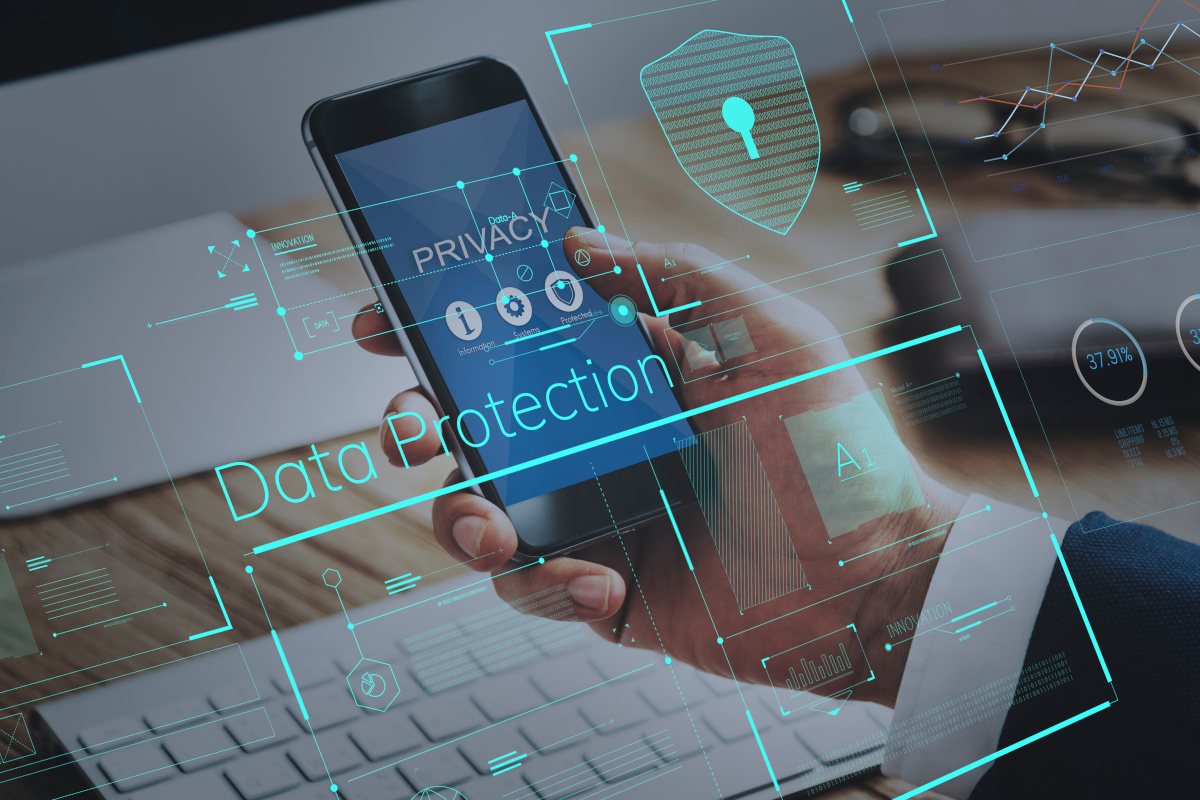Strengthening Security with Multi-Factor Authentication (MFA) at Lang Company
November 28th, 2023 by admin

At Lang Company, we understand the critical importance of safeguarding our network services against unauthorized access. Multi-factor authentication (MFA) is a security must-have, requiring users to provide multiple forms of identification when logging in. These identification factors can range from one-time codes from secure third-party providers to unique biometric identifiers like fingerprints or retinal scans.
The goal of MFA is to elevate network security well above what traditional passwords can offer, ensuring user identities are thoroughly verified. But what's the best way to implement this robust security measure?
In this article, we'll delve into the best practices for MFA and guide you through a comprehensive plan to integrate MFA into your security infrastructure, ensuring the highest level of protection where it's needed most.
MFA Best Practices for Optimal Security
Multi-factor authentication is a critical component of any cybersecurity strategy. When properly implemented, it enables employees to work flexibly from home, travel securely, and access cloud resources from any location.
To help you establish a secure authentication system, we've outlined some key MFA best practices:
- Tailor Your MFA Solution
MFA isn't a universal solution; it should be customized to fit your business's unique needs. Consider various MFA options, such as:
- Biometric scanning (retinal scans, fingerprints)
- One-time passwords (OTPs) via tokens, email, or SMS
- Physical hardware devices (security badges, cards, tokens)
- Contextual factors (keyboard behavior, location data, connection network)
For businesses heavily reliant on mobile devices, biometric scanning can provide quick and secure access for employees on the go. For those with a remote workforce, hardware tokens offer a portable and secure method to access network resources, even in the event of device loss or theft.
It's crucial to select an MFA system that integrates seamlessly with your network infrastructure, critical applications, and employee devices.
- Implement an Enterprise-Wide MFA Framework
An effective MFA strategy should encompass all points of access to your network resources. Conduct a thorough device audit to determine the appropriate MFA technologies and develop a training program to ensure employees are proficient in using the new systems. Both cloud-based and on-premises resources should be protected with multiple authentication factors, with special attention given to high-value assets.
- Embrace Change Management
The success of MFA implementation heavily relies on user adoption. If the MFA process is perceived as too complex or time-consuming, employees may revert to unsafe practices. A well-planned, phased introduction can help integrate users into the process and minimize disruption.
Start by informing users about the changes well in advance, explaining the benefits of MFA, and addressing any questions throughout the rollout. Change managers should identify potential resistance points and provide targeted training to ensure a smooth transition.
- Prioritize User-Friendly MFA Solutions
When deploying MFA, aim for solutions that are both secure and user-friendly. Consider adopting adaptive authentication methods that can streamline the login process by using device or location information in conjunction with biometric data. Single sign-on (SSO) portals can also simplify access by consolidating services into a single entry point.
Offering a variety of authentication options can cater to different user preferences and encourage widespread adoption. When employees have a say in their authentication methods, they're more likely to embrace MFA fully.
- Integrate MFA with Single Sign-On (SSO)
Combining MFA with SSO can create a balance between user experience and network security. SSO provides a single access point to all necessary resources, while MFA adds an extra layer of identity verification, enhancing the security of password-based systems.
- Leverage Contextual Factors
MFA systems can utilize contextual data, such as device information and user location, to provide passive authentication that doesn't require active input from users. This approach adds a layer of security that adapts to the user's environment, making it more challenging for unauthorized parties to gain access.
- Consider Passwordless Solutions
In some scenarios, MFA enables organizations to eliminate traditional passwords altogether, relying instead on a combination of biometric data and contextual information. While this can streamline access, it's essential to maintain strong passwords for accessing highly sensitive data.
- Adopt the Least Privilege Principle
Implement role-based MFA to enforce the principle of least privilege, ensuring users have access only to the data and applications necessary for their roles. This approach minimizes the risk of unauthorized access to sensitive information.
- Utilize Standard Protocols for Cloud Compatibility
To ensure compatibility with cloud services, use standard provisioning protocols like RADIUS and OAuth 2.0. This facilitates the integration of MFA systems across various network devices and resources.
-
View MFA as a Continuous Process
Security threats are constantly evolving, necessitating ongoing attention and regular audits of your MFA system. Assess the effectiveness of your MFA implementation regularly, and be prepared to adjust your strategy in response to emerging threats and user feedback.
Implementing MFA: A Step-by-Step Strategy
When rolling out MFA, follow these steps to ensure a successful implementation:
- Educate Your Workforce: Start with comprehensive training to familiarize users with MFA concepts and processes.
- Design a Custom MFA System: Select the MFA methods that best suit your company's needs and infrastructure.
- Assign Appropriate Privileges: Define privilege levels based on roles and access requirements.
- Ensure Compliance: Verify that your MFA system aligns with relevant data security regulations.
- Establish Backup Protocols: Create a streamlined process for resetting MFA credentials in case of device loss or theft.
- Onboard Remote Workers: Ensure all remote work equipment is authorized and equipped with MFA software.
- Configure Adaptive MFA Controls: Set up additional security measures to proactively address potential threats.
- Regularly Audit Your MFA System: Continuously monitor and refine your MFA setup to maintain optimal security.
By following these guidelines and embracing MFA, Lang Company can achieve a secure, compliant, and user-friendly authentication environment that stands strong against the ever-changing tide of cybersecurity threats.
Posted in: Cyber Security
